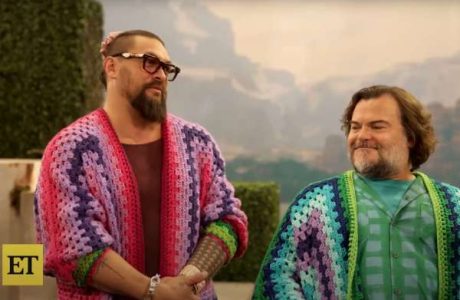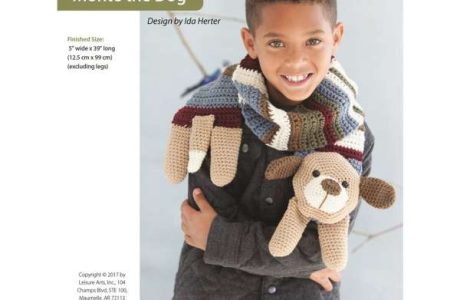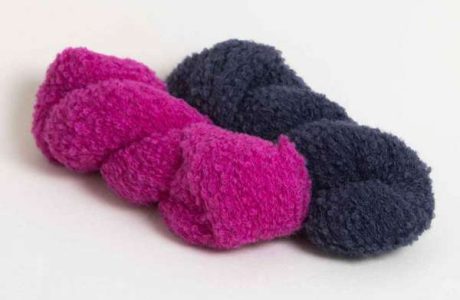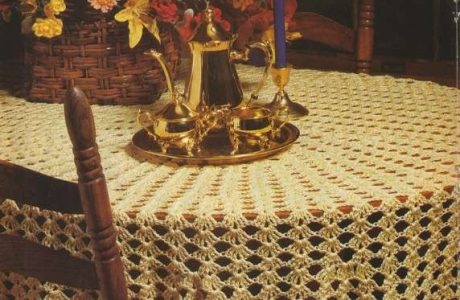After I wrote my recent review of Edie Eckman’s latest book, “Around The Corner Crochet Borders“, I began thinking about how much I like her crochet books. What makes this gal tick? So, I emailed her some questions and she promptly responded with some insightful answers. Here they are, completely uncensored. She, kindly, did all the heavy lifting for me.
I’m especially impressed with the fact that Edie wants to hear from US! She wants to know what we look for in patterns, designs, topics, techniques. Here’s an opportunity for us to communicate directly with a crochet designer, to maybe get something special to us published. So, give this a read then give Edie an email or two.
1. What was the inspiration for your book “Around the Corner Crochet Borders”?
Around the Corner Crochet Borders came from my frustration with my own experience trying to get border to look “just so” when it hits a corner. There’s a certain geometry to getting a corner to lie flat, and most crocheters are aware of that to some extent when doing single or double crochet. It’s when working an edging in a fancy stitch pattern that you run into trouble. I found myself fudging corners—making do– so often that I decided I should study the problem and see what I could do to figure out more elegant ways to “turn the corner”.
2. Tell us a little about the importance of math in crochet.
Of course, gauge is the first thing that comes to mind when you say “math”. Gauge is measure of the number of stitches and rows per inch in a fabric, and a proper measurement of gauge is crucial in getting a garment to fit correctly. I teach a 3-hour class on swatching, and a big part of that three hours is devoted to doing a good swatch for gauge purposes.
However, the “math” part of working around corners—and working a flat motif in the round (see Beyond the Square Crochet Motifs)– has to do with geometry. Luckily, you don’t actually have to understand a lot of geometry to get your crochet to lie flat and behave; you just have to know a few rules of thumb, like how many increases are needed at a 90-degree corner for single crochet, or how many evenly-spaced double-crochet increases are needed on a hexagon.
Math also tells us how much yarn we need to finish a project, and lots of other useful stuff. Indeed, math is a big part of crochet, whether you know it or not. And whether you want to admit it or not.
3. Future book plans?
You mean, do I have any? Well, yes, but they aren’t at the stage where I can really talk details.
What I can say is that I’m working on a project that extends what I’ve started with my previous books. I’m very interested in hearing from my readers—crocheters and knitters of all levels—about what they would like to see in a crochet book. What will make them actually buy a book? What topics do you think need to be covered in more detail?
So, that’s not an answer…it’s more of a question.
4. Where would you like to see more emphasis in the crochet community – charity, design, gifting, etc?
I think all of those are worthwhile endeavors. Personally, I have two areas of interest.
(1) Improving skills at all levels and in all crochet techniques. I think we don’t know what we don’t know. It’s certainly true for me, and I’m certain it’s true for others. There are techniques I am not aware of, and improvements to techniques I already know. Unfortunately, the crochet community has not been interested in getting together to share information; it’s easy to find advanced knitting classes, but not so easy to find advanced crochet classes. There are very few books on crochet techniques because, historically, sales of crochet books don’t support the publishers’ outlay in producing them. Although there is information on the internet, it’s scattered and not very in-depth.
I’d love to see more focus on education and technique enhancement because I want to learn more!
(2) Getting all the fiber arts communities—crochet, knitting, spinning, weaving, sewing– together. In particular, I want to break down the walls between crochet and knitting. For years and years, I’ve been told that I can’t mix the two in designs, because knitters won’t crochet and crocheters won’t knit. I think this is an artificial division, because the two disciplines are just two ways of working with yarn. Did you know that in Japan they don’t even make a distinction?
I’d love to see more designs that use crochet with fabric, crochet with knitting, and so on.
5. What do you like to crochet in your leisure time?
I’m not sure what “leisure time” is! Almost without exception, every time I pick up a hook I’m either swatching a new design, teaching myself something new, or working to produce a design for publication. I get bored pretty quickly, so I guess swatching is my favorite crochet activity. It meets many of my needs—I get to try out new yarns and patterns, learn new stitches, and have something to show for it (a new design) when I finish!
6. Any other comments you’d like to make.
I really like to hear from crocheters. Let me know your favorite “how to” sites and what you want to learn. Where can I go to learn more about crochet?
Please friend me on Ravelry (edieeckman), join me on Ravelry at the Edie Eckman Stitchers group, check out my website at www.edieeckman.com, or write me at edie AT edieeckman DOT com.








Great post. I gave up crocheting for over 25 years and am now back into it and loving to learn more. Off for the book…..
great questions! I remember my gram crocheting, sadly i never had her really get a chance to teach me well, lol, i am slowly getting there on my own!
Great interview! I too love Edie’s books and she is so down to earth! 🙂 Nice job JD! 🙂
Is edie from u.s? I.e. is my new motif book American pattern wording or British? Dawn eager to get started they look like fun!
Dawn,
Edie uses U.S. crochet terminology.
jd